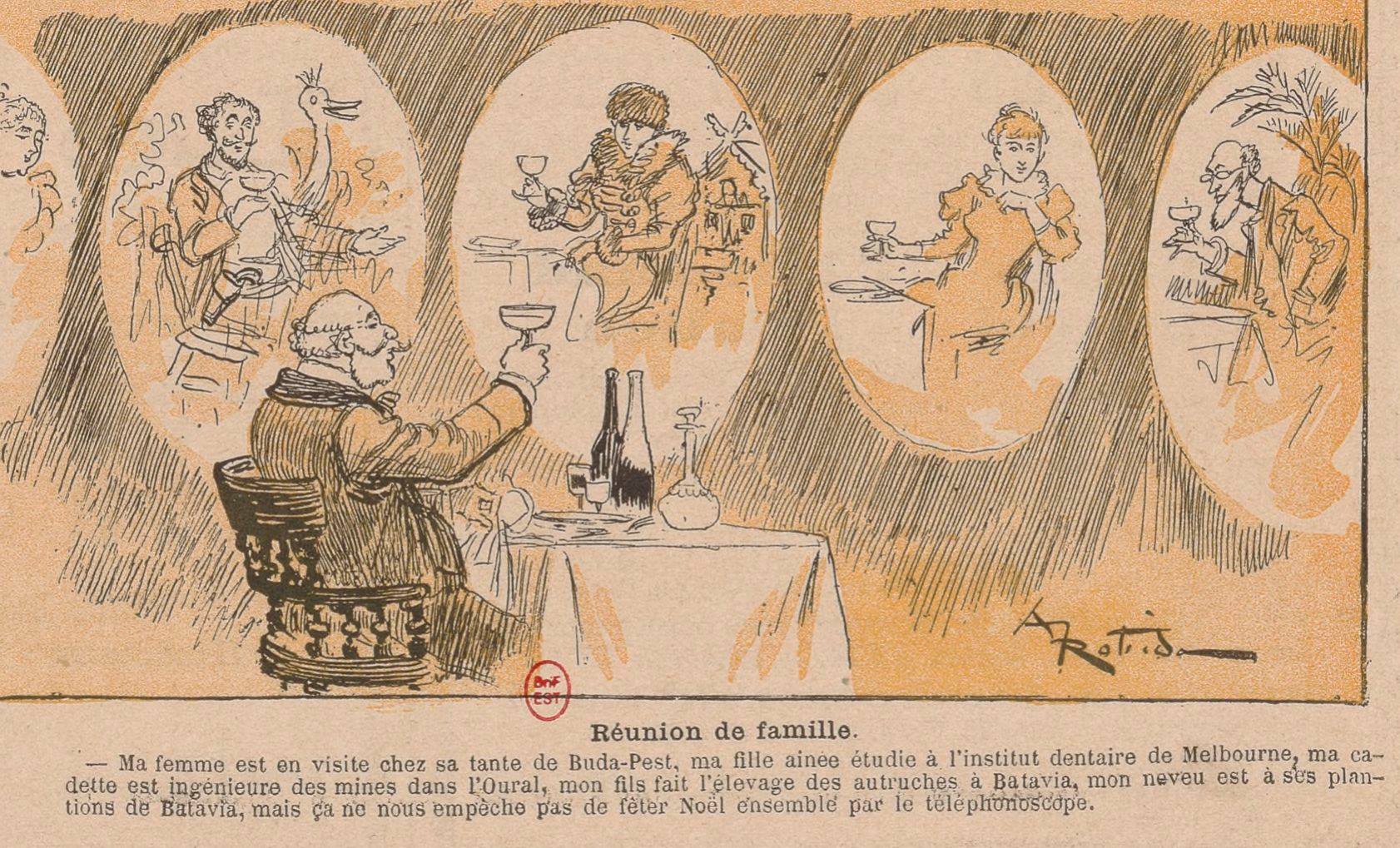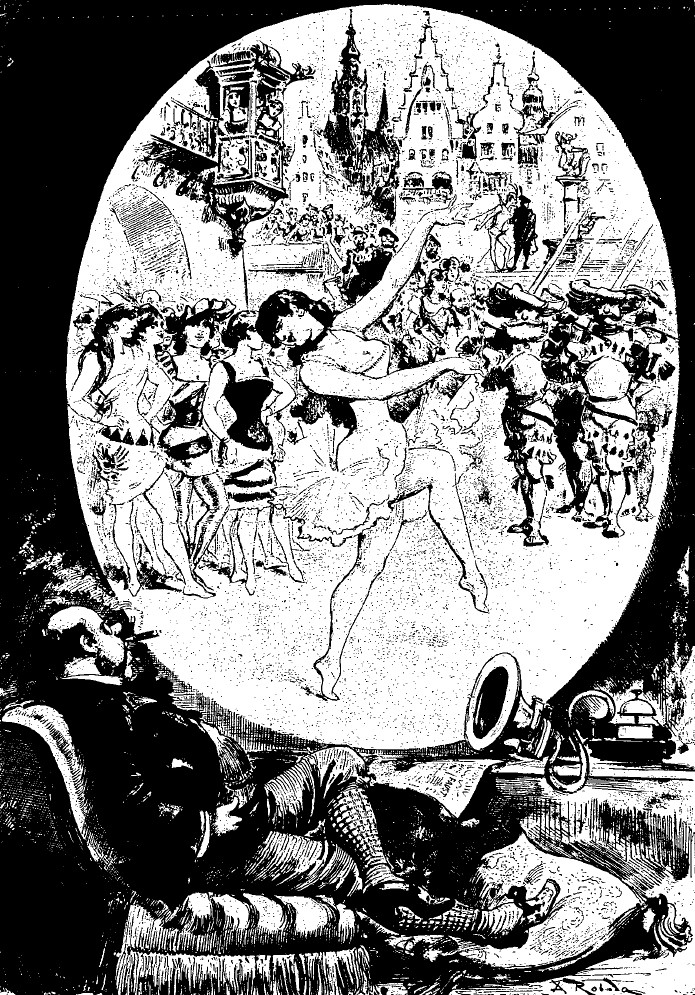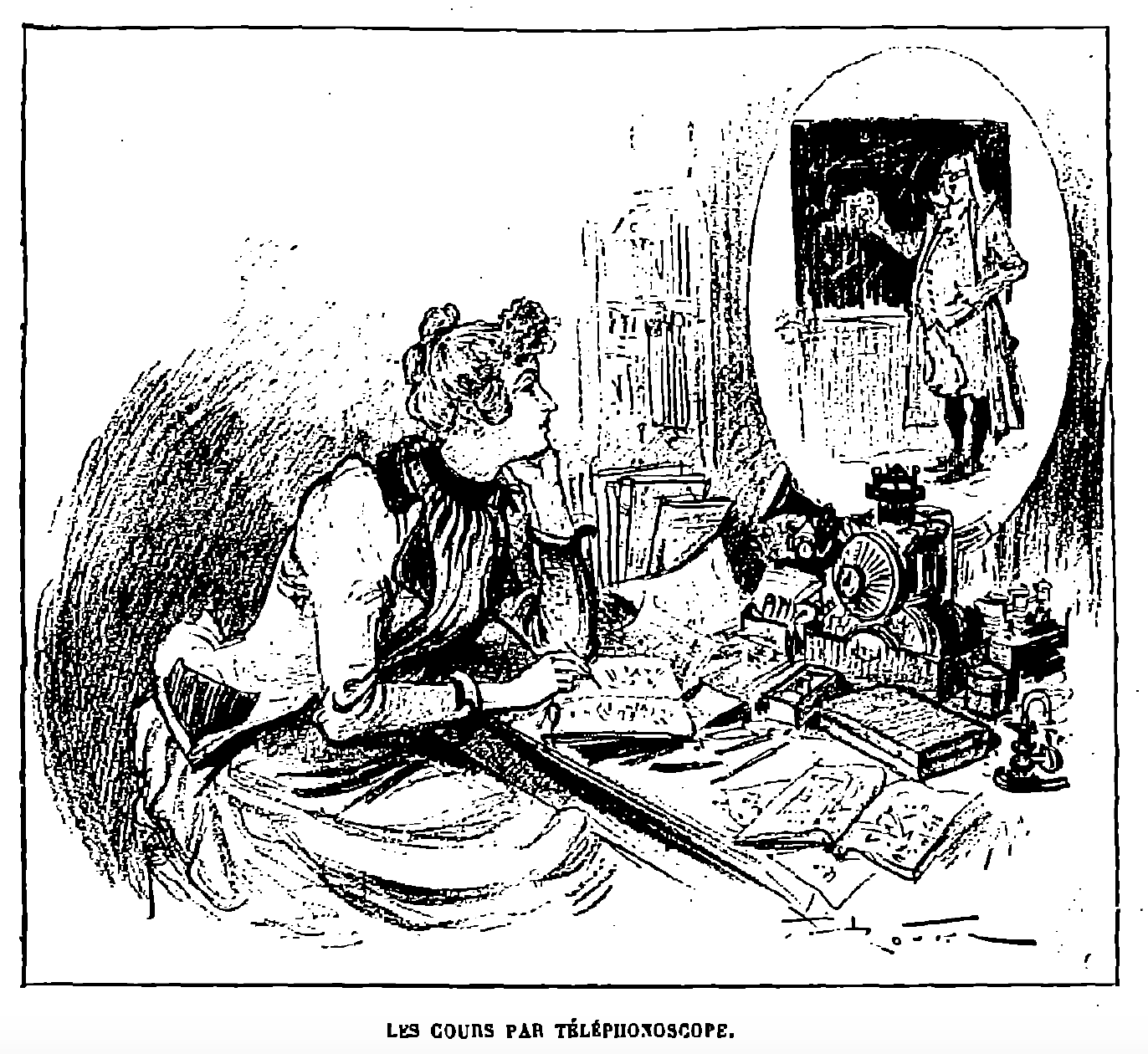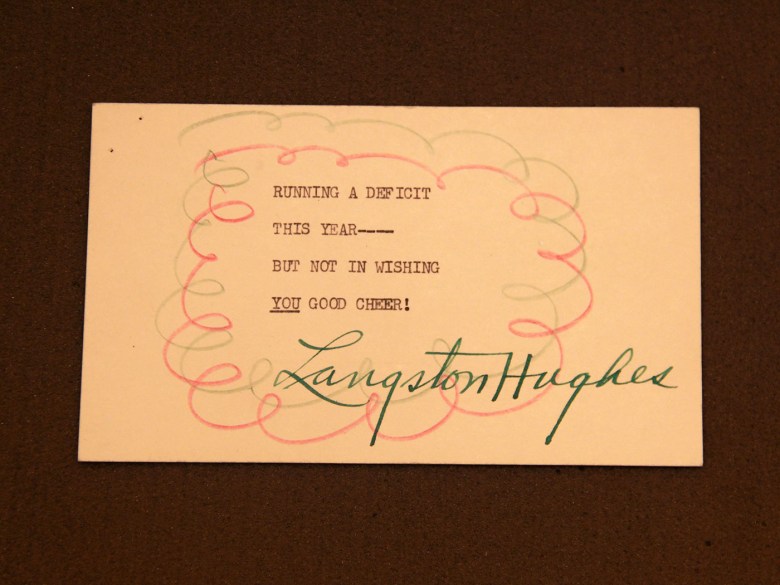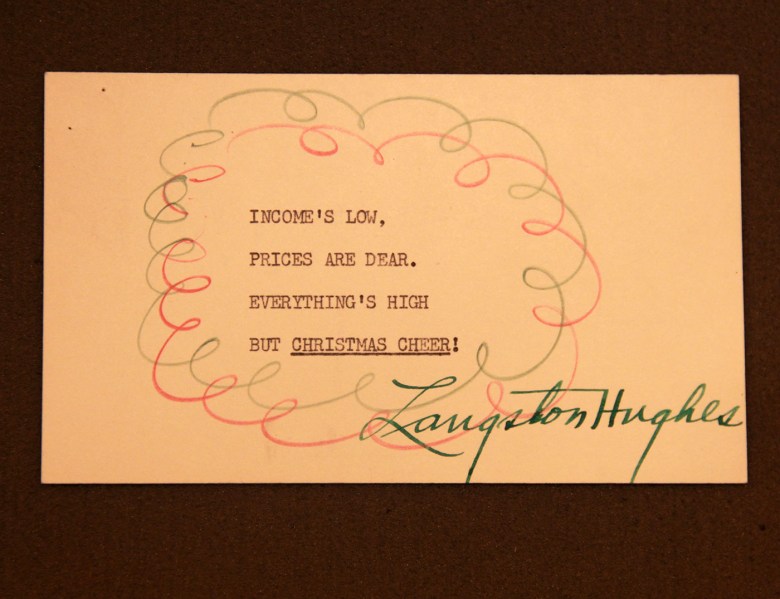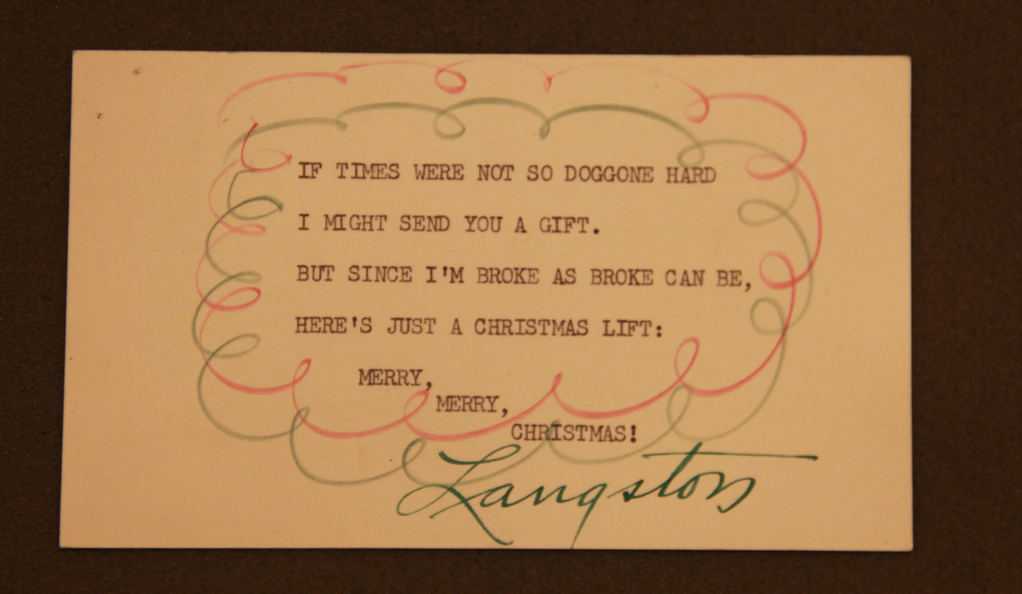All the great movies have a few memorable scenes; Pulp Fiction is made of nothing but. More than a quarter-century ago, that film’s release turned a young video-store clerk-turned-auteur called Quentin Tarantino into a household name. Cinephiles today still argue about which is the most memorable among its scenes, and only the most contrarian could fail to consider the dance. It comes early in the film, when the hitman Vincent Vega takes his boss’ wife out to dinner, the absent kingpin having ordered him to do so. The two eat at an elaborately 1950s-themed diner and on a whim enter its twist contest. They walk off the dance floor with a trophy — as well as a couple decades’ influence on popular culture.
“The twist was made famous in the 60s,” explains choreographer Lauren Yalango-Grant in the Vanity Fair video just above. “There were a lot of variations that came out of the twist that we do see in this scene,” such as “the monkey,” “the swim,” and “the Batman,” better known as “the Batusi.”
As busted by John Tavolta and Uma Thurman, all these moves come out in an improvisational fashion, each in response to the last: “If John starts to do the Batman, then Uma’s going to ‘yes-and’ it with not only a Batman but an open palm, her own version of this move,” adds choreographer Christopher Grant. Their movements give the scene a great deal of its impact, but so does those movements’ incongruity with their expressions, which Yalango-Grant calls “the juxtaposition of their seriousness and the lack of play on their faces versus the play in their bodies.”
Though now cinematically iconic in its own right, Pulp Fiction’s dance scene pays homage to a host of older films. The most obvious is Jean-Luc Godard’s Bande à part, with what Yalango-Grant calls its “amazing dance sequence in a cafe. It’s totally out of context, of nowhere.” Never shy to admit his acts of artistic “theft,” Tarantino once complained that too few picked up this one: “Everybody thinks that I wrote this scene just to have John Travolta dancing. But the scene existed before John Travolta was cast.” The director’s intention, rather, was to pay tribute to his favorite musical sequences, which “have always been in Godard, because they just come out of nowhere. It’s so infectious, so friendly. And the fact that it’s not a musical, but he’s stopping the movie to have a musical sequence, makes it all the more sweet.”
The casting of Travolta (Tarantino’s “strong, strong, strong second choice” for Vincent Vega) proved fortuitous. The very image of the man dancing made for yet another chapter of pop culture from which the film could draw, but without his real-life dancing skills and instincts, the scene wouldn’t have been as memorable as it is. “Quentin was dead-set on both of us doing the twist, which is a very fun dance, but it’s limited in how long one wants to watch someone do the twist,” Travolta remembers on a recent appearance on The Late Late Show with James Corden. So he told the director, “When I was growing up, there were novelty dances. There were dances like the swim and the Batman and the hitchhiker and the tighten up. Maybe we should widen the spectrum on this.” Tarantino’s unwillingness to compromise his ambitions and obsessions has made him perhaps the most acclaimed filmmaker of his generation, but so has knowing when to defer to the star of Saturday Night Fever.
Related Content:
Quentin Tarantino Gives Sneak Peek of Pulp Fiction to Jon Stewart in 1994
Quentin Tarantino’s Original Wish List for the Cast of Pulp Fiction
The Music in Quentin Tarantino’s Films: Hear a 5‑Hour, 100-Song Playlist
An Analysis of Quentin Tarantino’s Films Narrated (Mostly) by Quentin Tarantino
How Anna Karina (RIP) Became the Mesmerizing Face of the French New Wave
Based in Seoul, Colin Marshall writes and broadcasts on cities, language, and culture. His projects include the Substack newsletter Books on Cities, the book The Stateless City: a Walk through 21st-Century Los Angeles and the video series The City in Cinema. Follow him on Twitter at @colinmarshall, on Facebook, or on Instagram.




